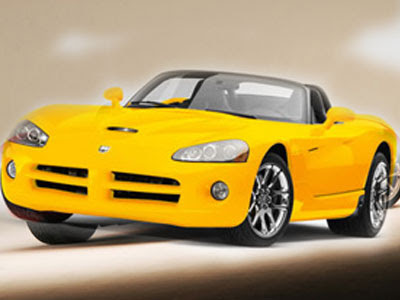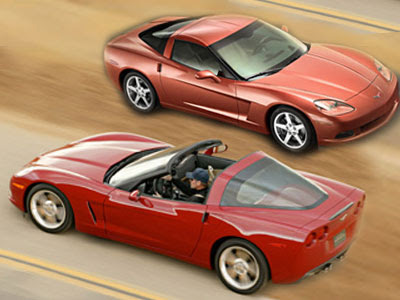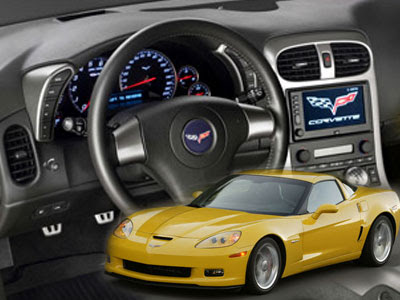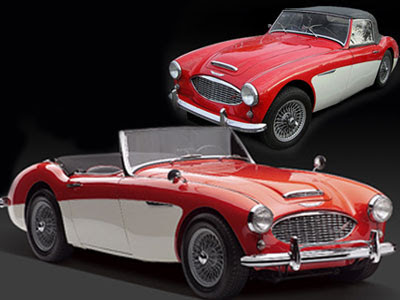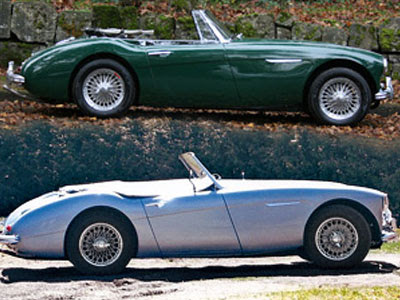Peugeot Sport Cars 20Cup Concept
In 2006 World Car manufacturer Peugeot has successfully excluded Products new concept car, the car with the name Peugeot Sport Cars 20Cup Concept. Verily Car Interior and Exterior Design luxury very firmly attached to the Peugeot 20Cup Concept Car. Color Black Fitted tightly Exterior Design Peugeot Sport Cars 20Cup Concept, makes it look luxury car Peugeot. Unique design looks seen on the car is, like the rear wheel Cars there only 2, and can only be driven by a maximum of 2 people, this makes Peugeot Sport Cars 20Cup Concept looks unique and cool when we use the road.
Peugeot Sport Cars 20Cup Concept
Engine From Peugeot Sport Cars 20Cup Concept is also not inferior to Peugeot 20Cup Concept Car design itself, Going with high speed and sleek design is suitable be used as the motto of this Concept Car Peugeot 20Cup. For car lovers the world must be very interested and anxious to have the car Peugeot Sport Cars 20Cup Concept. expression of a new alignment of Peugeot Sport 20Cup is an innovative concept, so funny “dynamic synthesis and to propose an elegant both worlds – design a car in front of and behind the wheel of one wheel. Imprest stylistic characteristics of a future model through the front aspect, inform Peugeot Sport Cars 20Cup Concept style that is painful and the cats.
Peugeot Sport Cars 20Cup Concept
The Peugeot Sport Cars 20Cup Concept was designed by Peugeot to promote the new turbocharged 1.6 Petrol engine that is to feature in the fastest versions of the recently introduced 207 production car. The engine was a joint development between the brand and BMW, who will also use the engine in the top spec Mini Cooper S.
Peugeot Sport Cars 20Cup Concept
The 20Cup, in a more conventional form but drawing much of its inspiration from the Frankfurt concept car, will give Peugeot the basis for the development of a presence on the racing circuit. Prefiguring the stylistic characteristics of a future model through its front aspect, the Peugeot Sport Cars 20Cup Concept announces a Peugeot style that is even more incisive and feline. Radical by dint of its low ride height and engineering solutions taken from the world of motor sport, this concept car is built around a one-piece carbon chassis incorporating a separate two-seater cockpit located at road level.
Peugeot Sport Cars 20Cup Concept
The Peugeot Sport Cars 20Cup Concept was designed highlight the sporty nature of the Peugeot brand and draw references between the production car derived styling of the front end and the rest of the car which has racing pretensions, with a carbon fibre chassis based around the 2 seater cockpit and a single rear wheel held by a motorcycle style swinging arm. This design should mean that the front end grip of the tyres far exceeded the rear, allowing the car to develop oversteer which is considered more the preserve of rear engined cars.
